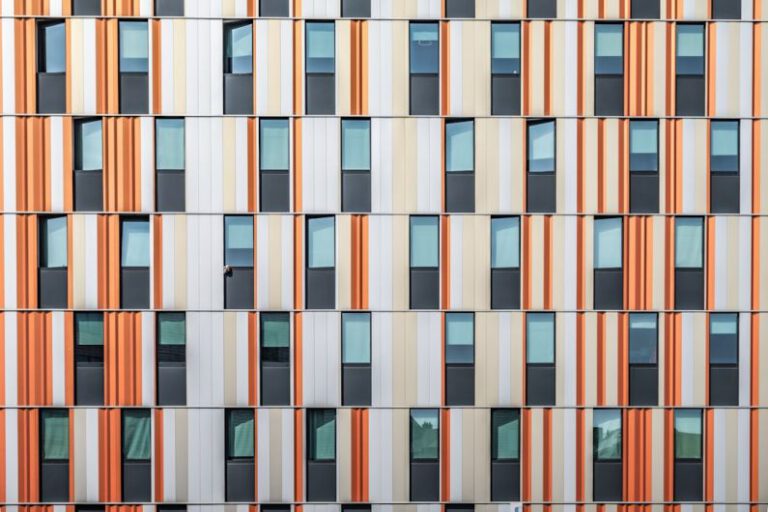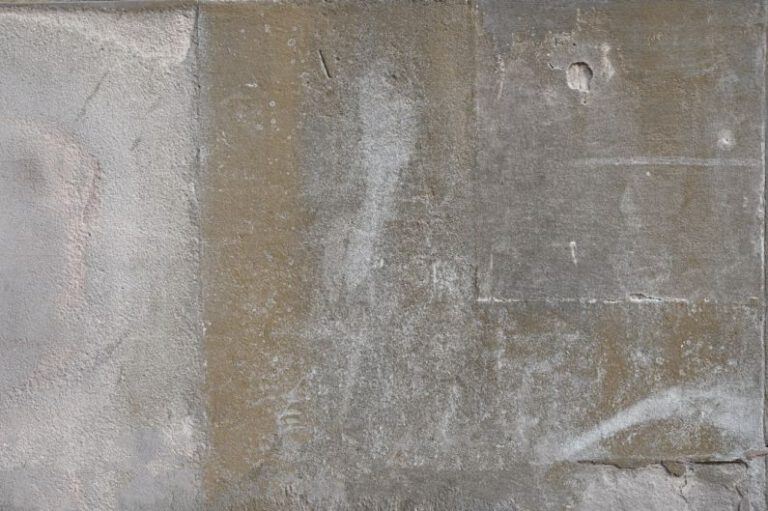How Do Materials Tech Enhance Soundproofing in Urban Areas?
In the hustle and bustle of urban life, the constant noise pollution can be overwhelming. From honking cars to construction work, the cacophony of city living can take a toll on our mental and physical well-being. However, advancements in materials technology have paved the way for innovative solutions to enhance soundproofing in urban areas, offering a reprieve from the relentless din. By leveraging cutting-edge materials and techniques, architects and engineers are now able to create spaces that provide tranquility amidst the urban chaos.
Enhancing Acoustic Insulation with Aerogels
One of the most revolutionary materials in soundproofing technology is aerogel. Known for its ultra-lightweight and porous structure, aerogels have exceptional acoustic insulation properties. By incorporating aerogels into building structures, architects can significantly reduce the transmission of sound waves, effectively damping noise from the surrounding environment. This advanced material not only enhances soundproofing but also offers thermal insulation, making it a versatile solution for creating quiet and comfortable urban spaces.
The Role of Mass-Loaded Vinyl in Soundproofing
Another key material that has transformed soundproofing in urban areas is mass-loaded vinyl (MLV). MLV is a dense, flexible material that is highly effective at blocking sound transmission. By installing MLV barriers in walls, floors, and ceilings, architects can create soundproof barriers that prevent noise from entering or escaping a space. This versatile material can be easily integrated into existing structures, making it a popular choice for retrofitting buildings in noisy urban environments. With MLV, urban residents can enjoy enhanced acoustic comfort and privacy within their homes and workplaces.
Innovative Sound Absorbing Materials for Urban Spaces
In addition to soundproofing, creating acoustically pleasing environments in urban areas is essential for promoting well-being and productivity. To achieve this, architects are turning to innovative sound-absorbing materials that help reduce reverberation and echo in interior spaces. Materials such as perforated metal panels, acoustic plaster, and sound-absorbing fabrics are being used to enhance the acoustics of urban buildings, creating more comfortable and functional spaces for occupants. By strategically incorporating these materials into design schemes, architects can mitigate noise pollution and create harmonious environments that support human health and happiness.
Smart Materials for Active Noise Control
Advancements in materials technology have also led to the development of smart materials that enable active noise control in urban settings. These materials utilize sensors and actuators to detect and counteract noise in real-time, creating dynamic soundproofing systems that adapt to changing acoustic conditions. By harnessing the power of smart materials, architects can create intelligent building envelopes that actively respond to noise pollution, providing residents with a peaceful and serene living environment even in the midst of a bustling city.
The Future of Soundproofing in Urban Design
As urban populations continue to grow, the demand for effective soundproofing solutions will only increase. Materials technology plays a crucial role in shaping the future of urban design, offering innovative solutions to combat noise pollution and create healthier living environments. By embracing advanced materials such as aerogels, mass-loaded vinyl, and smart materials, architects and engineers can design urban spaces that prioritize acoustic comfort and well-being. With ongoing research and development in materials technology, the possibilities for enhancing soundproofing in urban areas are limitless, promising a quieter and more peaceful urban landscape for generations to come.






